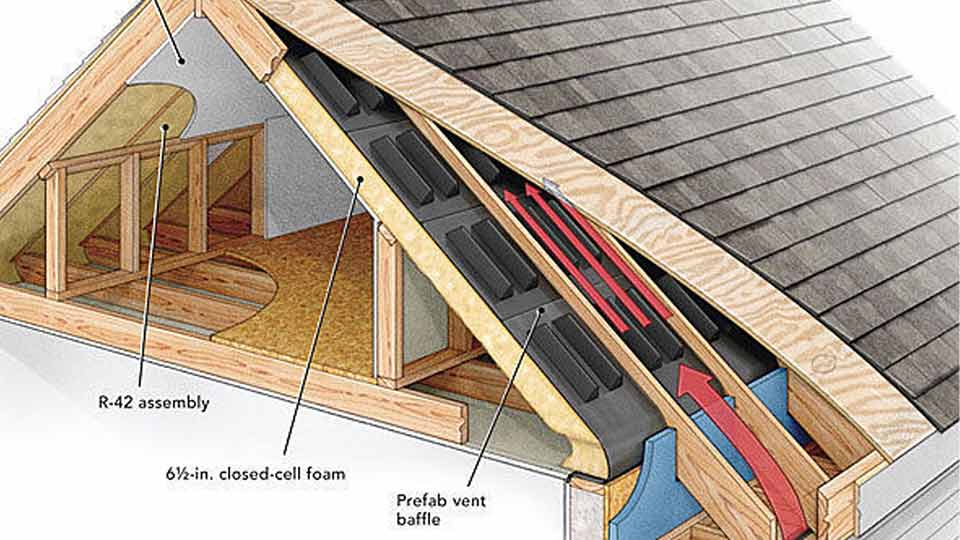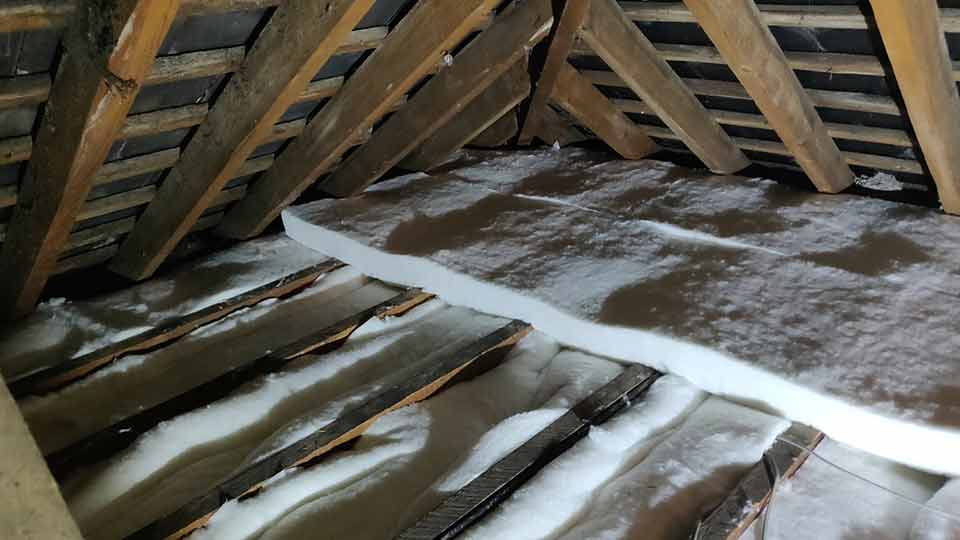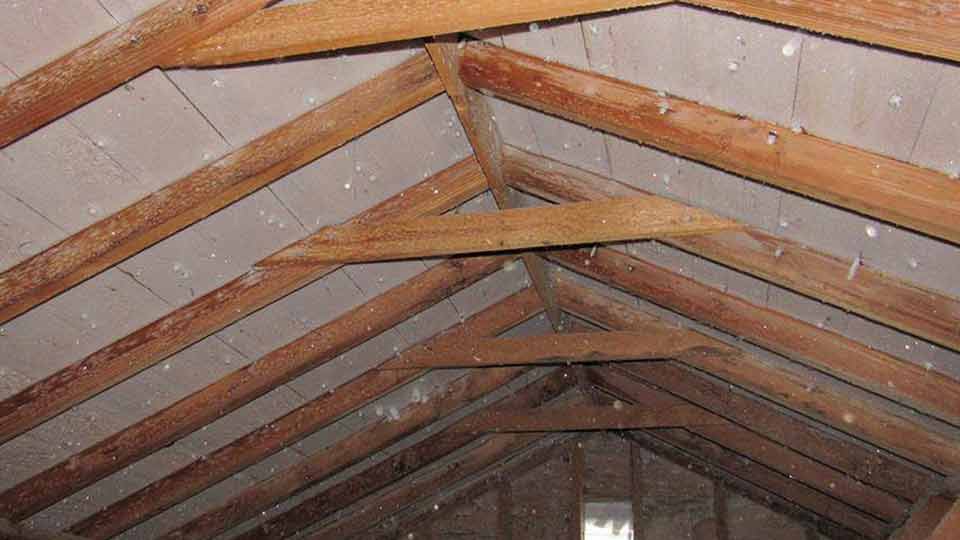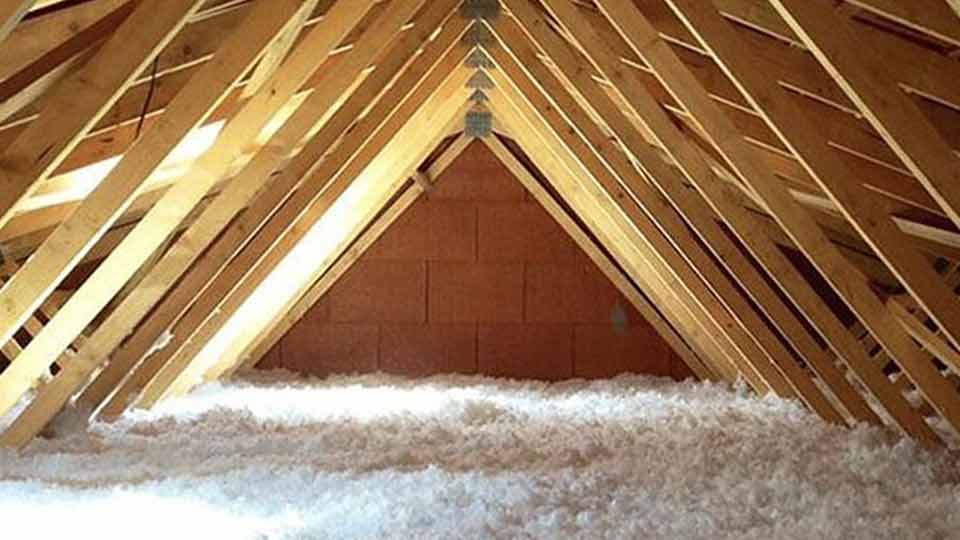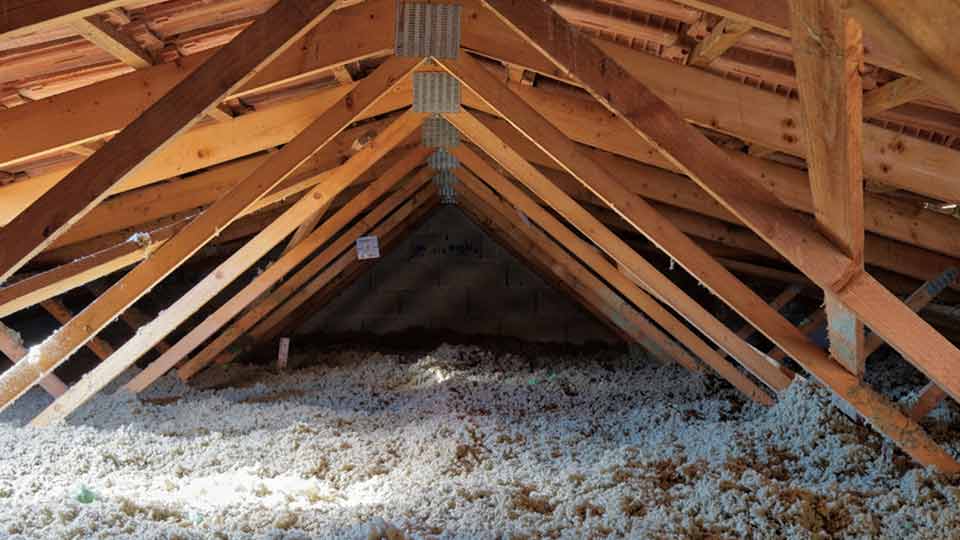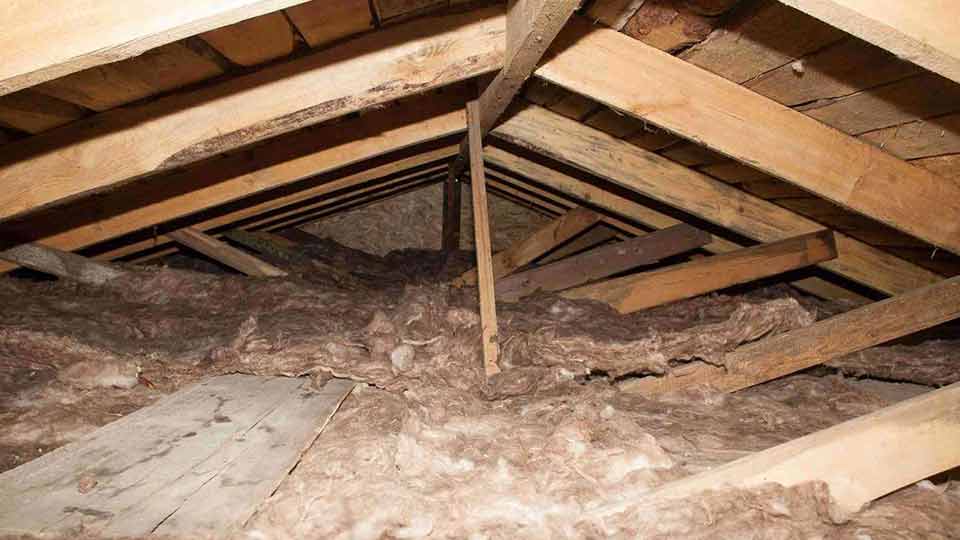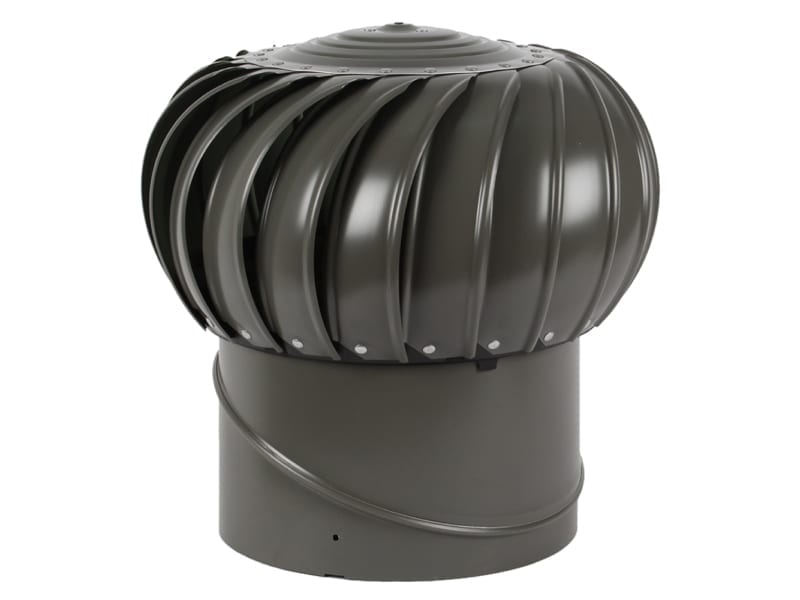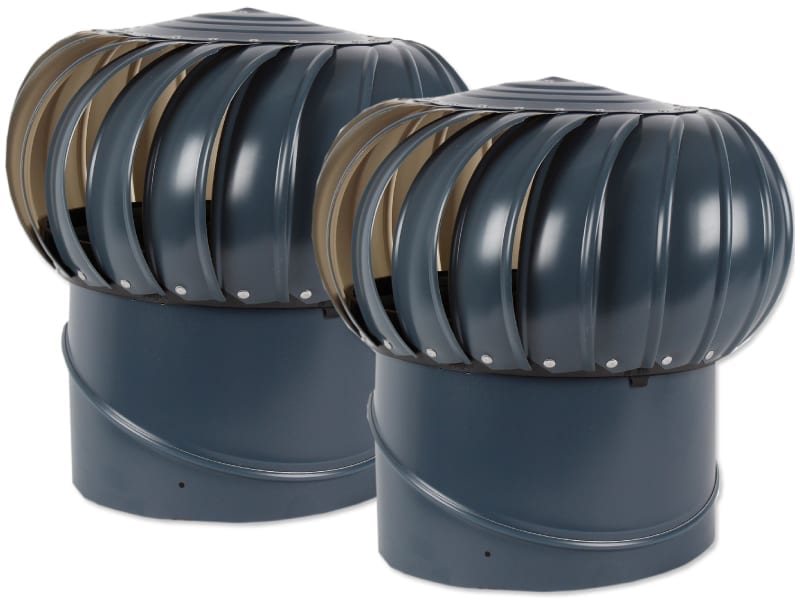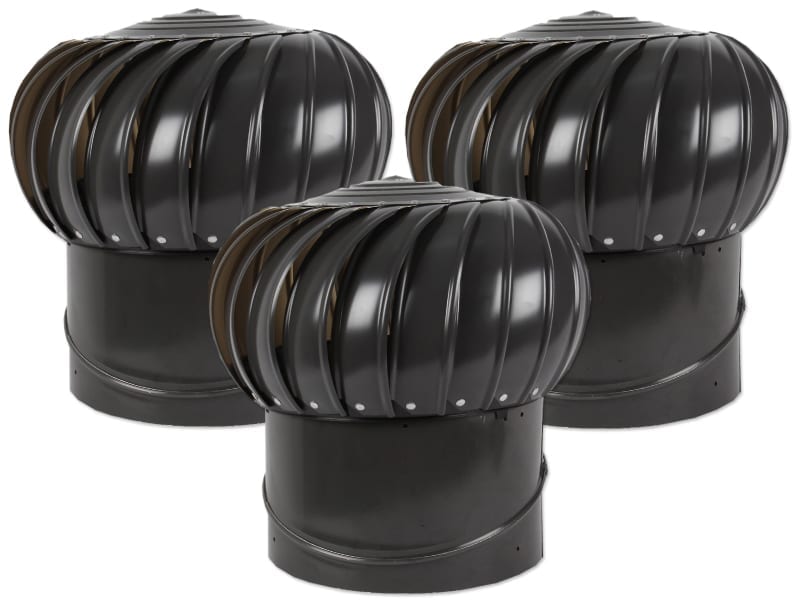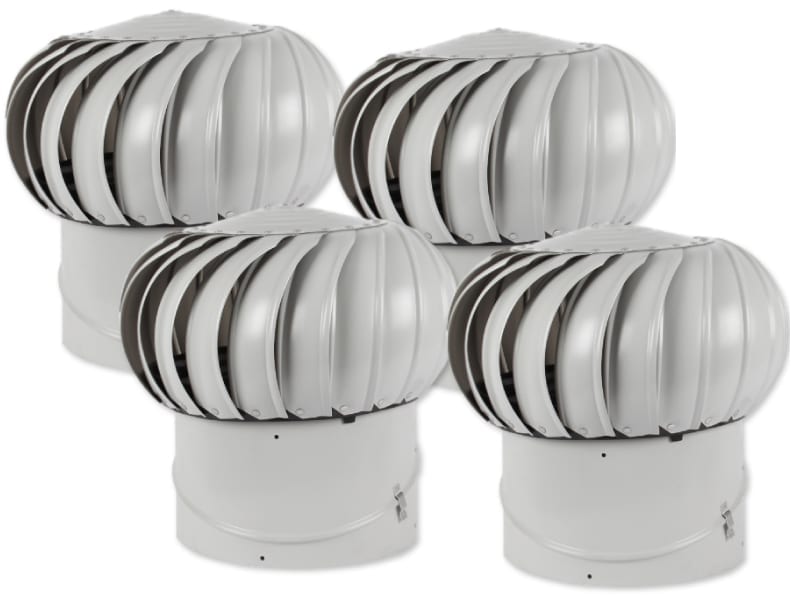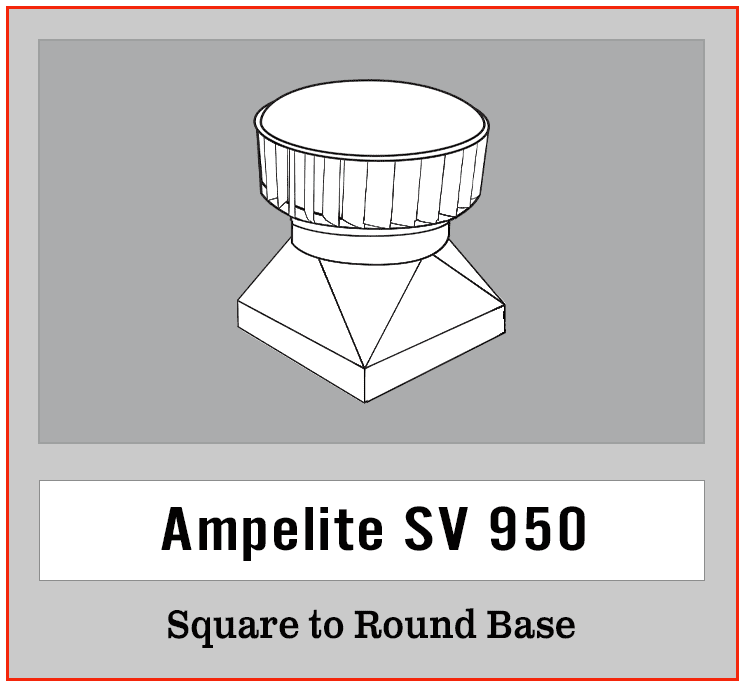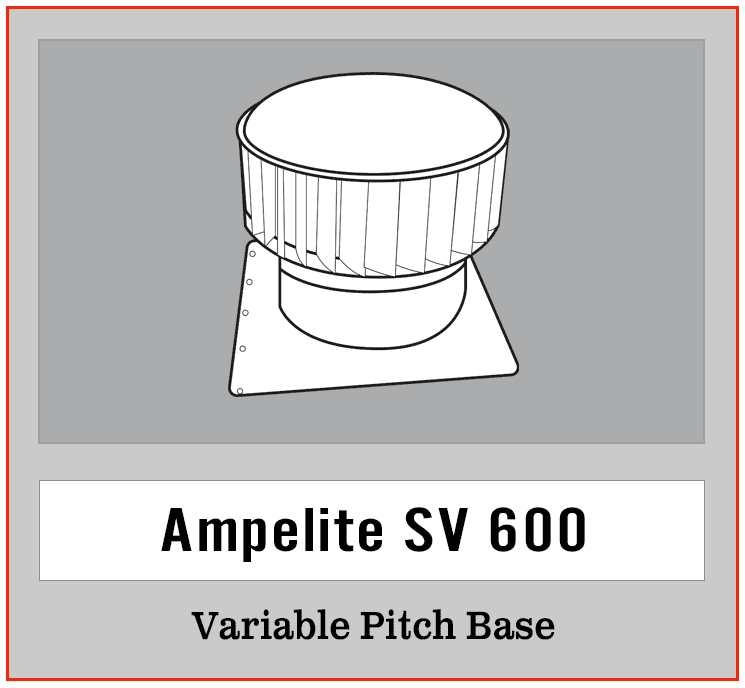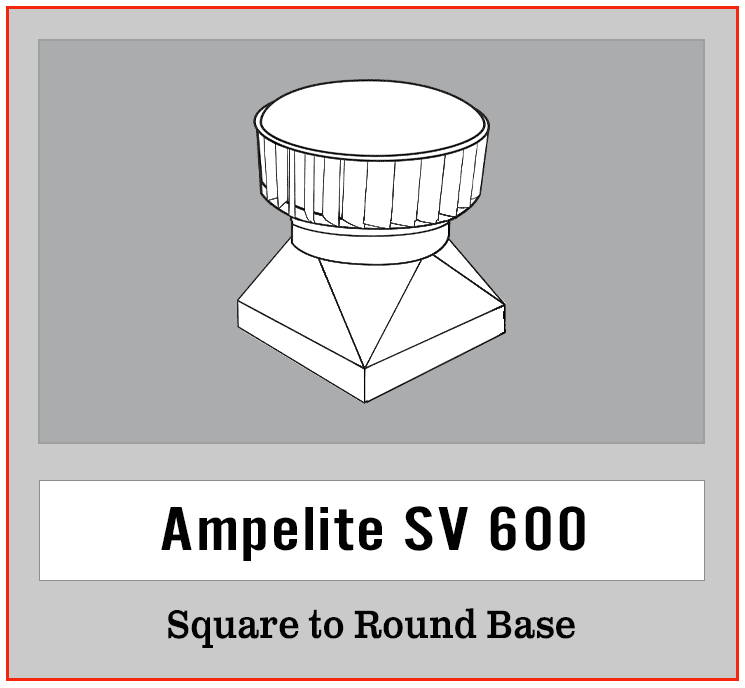Roof Void or Attic?
There is an obscure meaning to the term roof void—it literally refers to a void underneath the roof of a structure. This usually takes the form of an insulated area between the topmost internal ceiling and the roof itself. There are a number of reasons why you would want a roof void, and we’re going to go over them in more detail shortly, but the primary goal of a roof void is to provide a space where ventilation can work to provide airflow, preventing condensation and cooling the property. However, there are other purposes that a roof void serves, such as a place to store and access essential appliances.
What is a Roof Void?
A roof void can come in main shapes and sizes, but the basic premise is always the same; a cavity where airflow can be maintained. The most common form of roof void in a residential home is an attic, which will usually be found under a gabled roof.
Some homeowners choose to have this attic space converted into a livable area, after which it will no longer be considered a roof void. This is because the roof void needs to be above the insulation layer of the property. If the attic is converted, the roof itself will have to be insulated to keep heat in the new living space, meaning there will be no longer be a void.
Why Is Airflow Important?
So, roof voids allow air to flow through your property, but why is that so important? The two main reasons you want good airflow below your roof are to control moisture and to regulate temperature, and they are both two parts of the same problem.
When there are temperature differentials between the inside and outside of your building—as there often are—condensation can form. Condensation happens when air is cooled to the point that the moisture it contains condensates. This can happen if warm air outside meets your a cold roof due to air conditioning inside—though it shouldn’t—but this would just result in condensation on the outside of the roof, which is not a problem. After all, your roof is designed to keep water out.
The problem arises when the warm air inside your property meets a roof that has been kept cool by the outside temperature. This results in the moisture inside your house condensing, where it can drip or run back down and cause problems such as damp and rot.
Another problem stems from the fact that without adequate airflow, you can end up in a situation where there is a lot of warm, moist air in your property with nowhere to go. Warm and moist air is a breeding ground for mould, which is both bad for your property but also for your health and the health of anyone living in the house.
Keeping a sufficient amount of airflow under the roof ensures that the temperature differential between the air under the roof and the air outside is less severe, while also whisking moist air away to be replaced by fresh air from outside.
Common Uses for Roof Voids
Though the only real purpose of the roof void is what we have covered above, they do often get used for other things. For example, attics are often used for water storage in homes that have a system like an immersion heater. It is ideal for this because a water tank is not a small item, and in the attic it out of the way, and it allows gravity to help with the delivery of water to your taps.
Another use for the roof void is as a means of accessing utilities, such as any water pipes or electrical wiring that might run through there. Without a roof void, accessing such things may involve much more work as it would have to be done from underneath, and could involve removing sections of the ceiling.
One of the most common uses for the average homeowner, however, is as a storage space. As ill-advised as it is from both a safety standpoint and the standpoint of getting the best ventilation in your attic, most of us still use this space to store items.
Some even go so far as to have their attics boarded out so that they can walk safely around up there without fear of falling between the joists. Storing things in your attic will have an effect on airflow—that’s an unavoidable consequence of putting things in the way of your airflow. How much of an effect it has will depend on how much is stored in the attic. That being said, it should be fine if the attic is not packed to the rafters and all ventilation shafts are kept clear.
How Large Does a Roof Void Need to Be?
Roof voids vary wildly in size, largely due to the different shapes and sizes of the roof under which you will find them. For example, a gabled roof—which for simplicities’ sake can be thought of as a large triangle—will almost always have more space in its roof void proportionally than a flat roof. This is because the triangular nature of the gabled roof leaves a lot of less practical space, and it is usually deemed more cost-effective to cut the “triangle” off. In effect, this forms an insulated box with a triangular roof on top. Of course, this is a simplified explanation.
For flat buildings, space is much more easily used because there are no sloping edges, but there is also no advantage to making a roof void large enough to walk around in. There may be regulations for how much of a roof void you should have, so always be sure to check your local building regulations, but as a rough guide, your roof void should be at least 50mm, meaning a space of 50mmor more between the roof and the inner ceiling.
Summing Up
Roof voids are primarily to provide a space where airflow can be maintained so that the internal temperature and moisture can be regulated. That being said, they are also often used to store items and to house certain services, such as water tanks.

